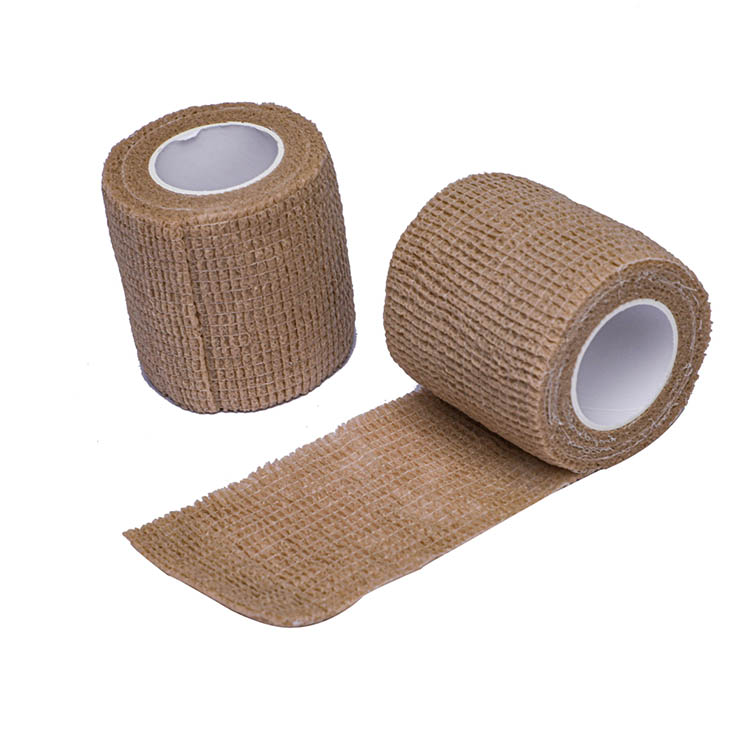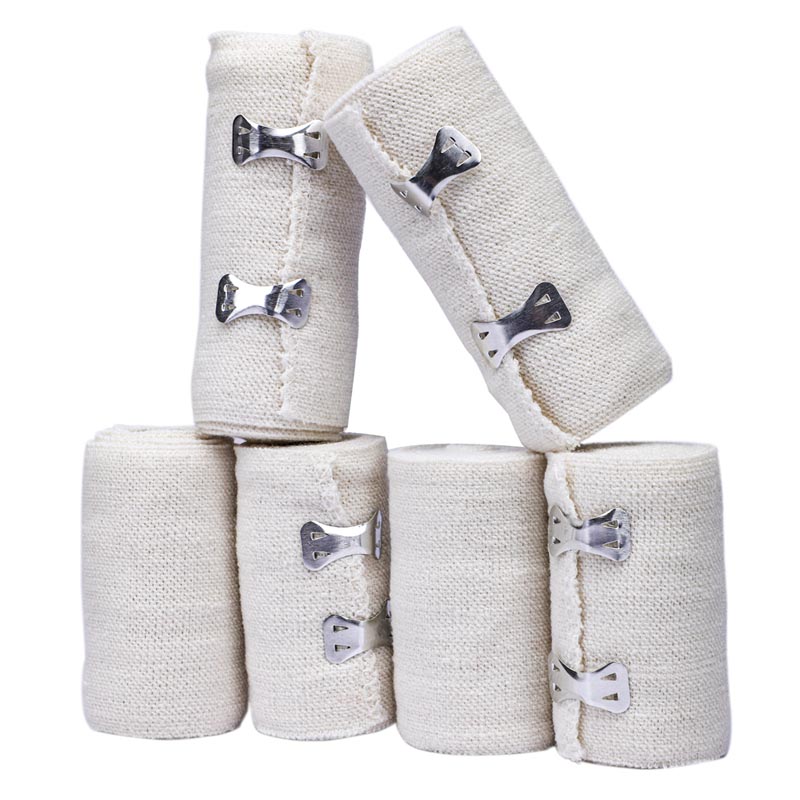Plaster bandages those things | KENJOY
With the emergence of a variety of new retainers, many doctors seem to have begun to forget the traditional fixation methods, such as plaster bandages. Although there are more and more orthopedic operations in modern times, as an orthopedic surgeon, how can the skill of plaster bandage be forgotten?
Although it is now dominated by steel plates, intramedullary nails and other fixtures, the traditional fixation still plays an irreplaceable role. Whether it is the "seniors" who have many years of work experience, or the "undergraduates" who have just entered the clinic, the operation of plaster bandage fixation must be mastered. As an orthopedic surgeon, are you proficient in plaster bandage fixation?
The most common bandaging techniques include:
1. Semi-overlapping technique.
2. Crisscross technology.
3. Stretch-relaxation technique.
4. "8" font technology.
a. Semi-overlapping elastic bandages and plaster usually use semi-overlapping techniques, with each bandage overlapping about half its width. When semi-overlapping technique is applied, the soft tissue is compressed, which helps to reduce swelling and edema.
b. The crisscross technique is applied to the treatment of injuries with different thickness of the limbs, with the diameter decreasing or increasing along the distal end of the limb. First fix the bandage, gradually wrap the limb at a small angle until it crosses the joint or the injured site, and then wrap it back in the same way. This technique can provide a compression effect for limbs with different diameters and has a long-lasting effect.
c. Stretching-relaxing technology stretching-relaxing technology is used in polymer gypsum materials. First, the tension is released by the traction material, and then the bandage is wrapped on the polymer plaster material of the limb or its lower layer without tension. In the application of synthetic materials, too high tension leads to overtightening of gypsum pipes.
D. "8" shape fixation technique is mainly used for joint wounds such as elbow, knee or ankle. After the bandage is wound and fixed at the distal end of the joint, it is wound and fixed at the proximal end of the joint diagonally across the joint, and then continues to be wound and fixed. Repeat this step to form an "8" shape fixed. This technique can provide support while still allowing joint movement. Elastic bandages are most commonly used in ankles, and it is recommended to use an "8" shape fixation technique.
8 kinds of upper limb plaster bandaging techniques
Plaster fixation of the upper limb is one of the simplest, most common and most easy to master plaster bandaging techniques, including long-arm plaster splint (POP), long-arm high molecular weight gypsum splint, long-arm plaster tube, Sarmiento humeral polymer plaster brace and so on. It is suitable for injury, fracture, dislocation and postoperative fixation of all parts of the upper limb.
a. Indications: forearm fracture, radial head fracture, distal humeral fracture, humeral intercondylar fracture, humeral supracondylar inflammation.
b. Treatment goal: stabilize the forearm and elbow joint.
c. Posture: the patient takes a comfortable seat. The injured limb was placed on the operating table and the elbow flexion was 90 °and placed in the functional position.
Long arm high molecular gypsum splint
a. Indications: forearm fracture, radial head fracture, distal humeral fracture, humeral intercondylar fracture, humeral supracondylar inflammation.
b. Treatment goal: stabilize the forearm and elbow joint.
c. Posture: the patient takes a comfortable seat. The injured limb was placed on the operating table and the elbow flexion was 90 °and placed in the functional position.
The above is the introduction of plaster bandage fixation. If you want to know more about plaster bandage, please feel free to contact us.
Learn more about KENJOY products
Post time: Jun-02-2022



